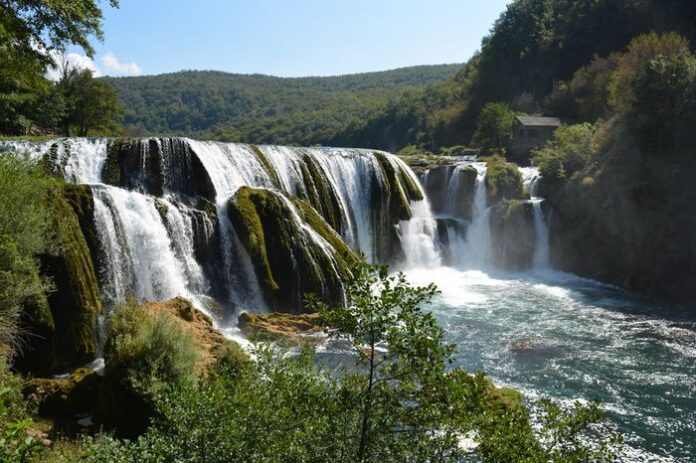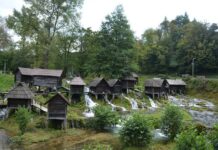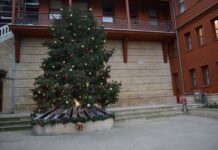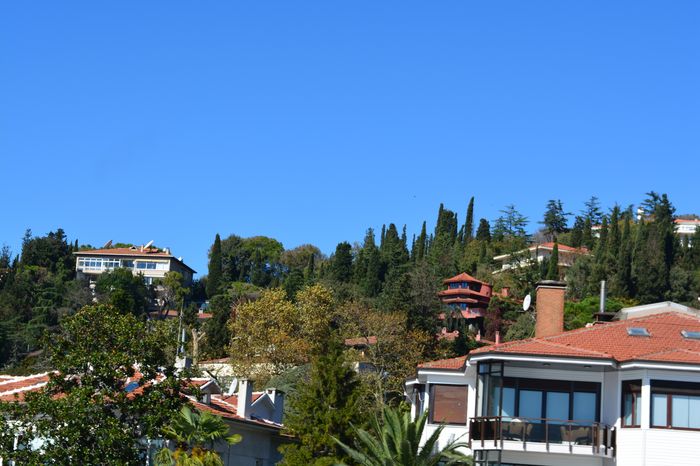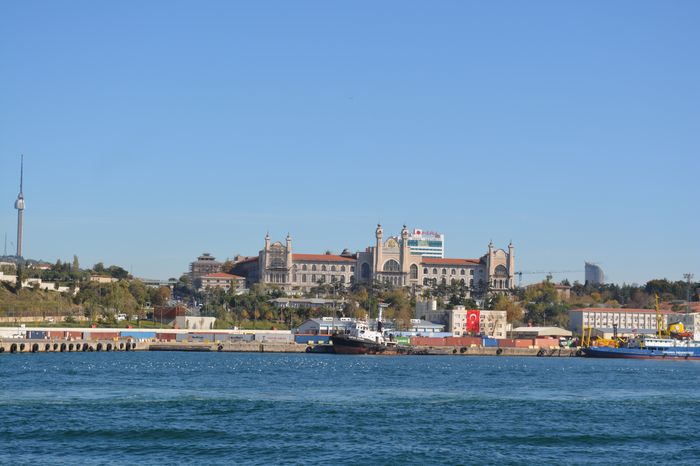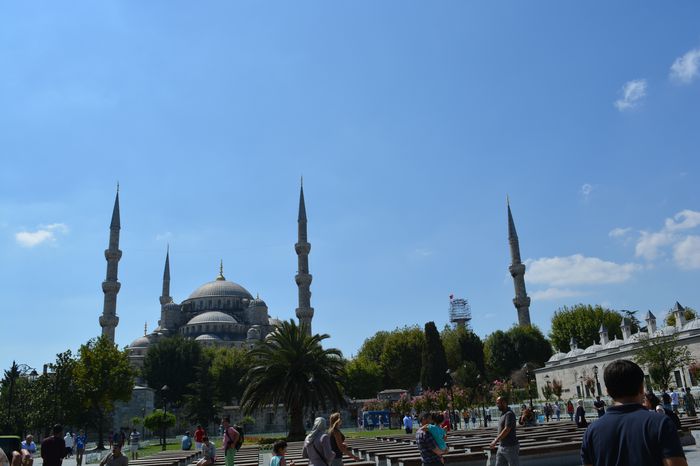Linking Construction and Society
This paper explores how Roman building projects can help us understand the connections between construction and social-ecological complexity. In Roman studies, agriculture and urban production, including building, have often been treated as separate areas. However, these two activities were closely linked through economic and social relationships, especially the use of seasonal workers Preserving or Changing the Past.
Seasonal Work in Roman Construction
According to written sources from the early Roman Empire, large imperial building projects in Rome depended heavily on seasonal rural laborers. Historian Peter Brunt pointed out that many workers who built Rome’s monuments were likely farmers who worked in cities during their free time, especially after harvest.
This idea fits well with a statement by Frontinus, an ancient Roman writer, who described the best months for working with Roman concrete (opus caementicium). Frontinus advised that building work should be done when the weather was warm and dry, conditions typical of the Mediterranean climate. However, since the Roman Empire stretched across many climates, these conditions would not apply everywhere equally.
The Importance of Climate and Agriculture
To understand how construction worked across the Empire, we must study the climate, rainfall, and temperature in different regions. This helps us see when it was best to build and how these times matched the local farming calendar. For example, many farmers would be free to work in construction only after the harvest season was over Istanbul Cultural Tours.
The availability of workers would depend on farming practices, land use, and the level of urban development. In some regions, farmers might have more free time to work on building projects, while in others, agricultural demands might limit this.
Building Technologies and Labor Demand
Roman buildings used different construction methods, such as concrete, mortar with rubble, bricks with mortar, and ashlar stone blocks without mortar. Each of these techniques required different amounts of labor and skill.
For example, concrete work could be more seasonal and dependent on weather because it required proper drying conditions. On the other hand, ashlar stonework might be less affected by weather but needed skilled masons.
A Broader View Architecture and the Rural-Urban Link
This paper suggests that Roman architecture should be seen as part of a larger socio-economic system. Towns and countryside were connected in complex ways that changed over time and varied by region. Construction projects were not isolated events but were deeply linked to agricultural cycles and the social organization of labor.
By studying these links, we can better understand how Roman society worked and how buildings were part of a larger economic and social network.
